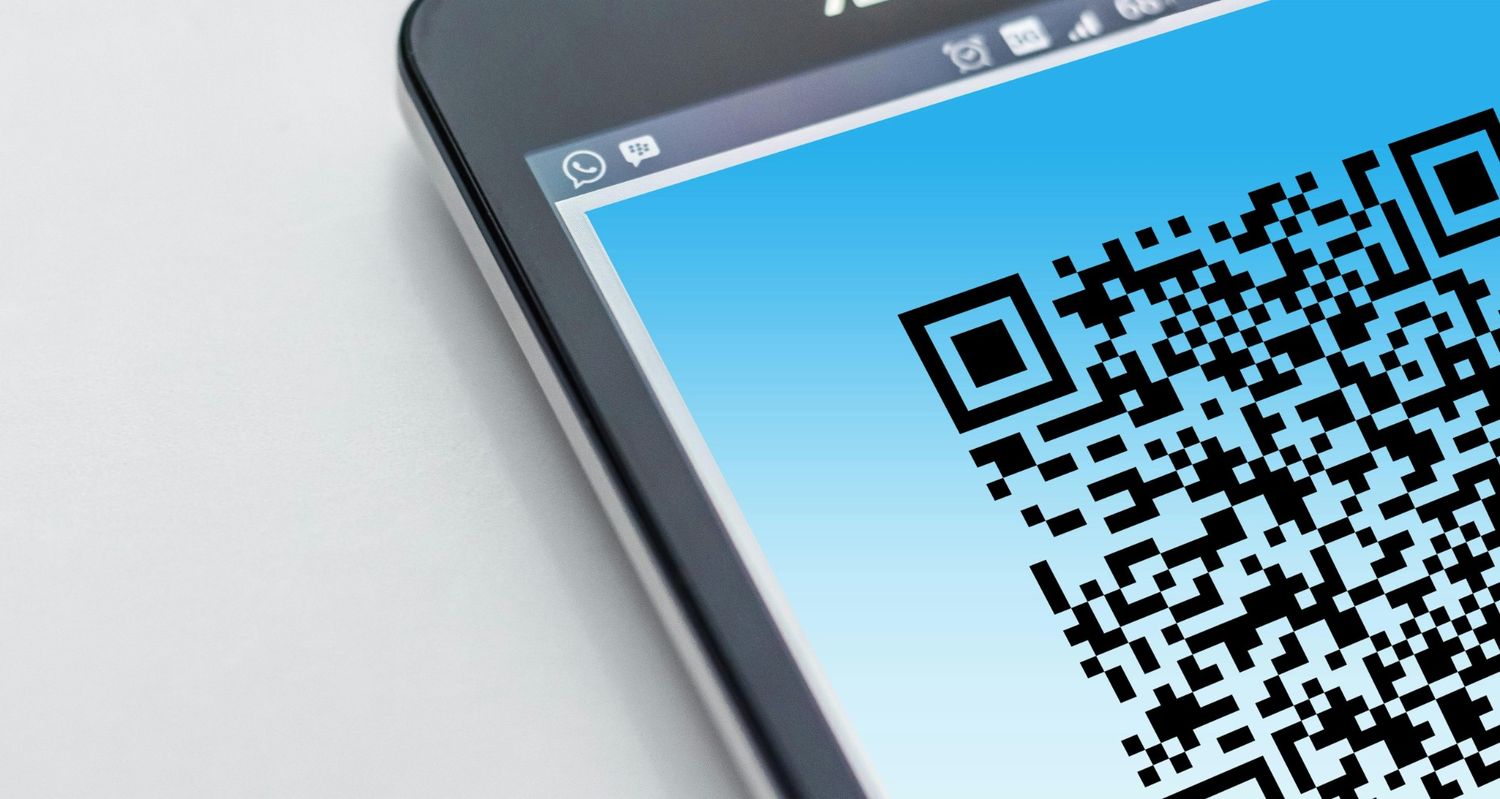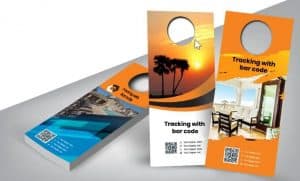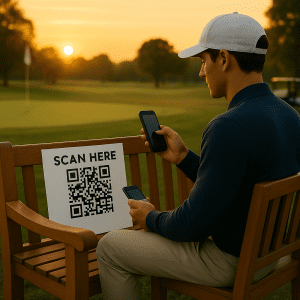In today’s fast-evolving marketing landscape, blending physical advertising with digital engagement is essential for creating memorable customer experiences. QR codes marketing has emerged as a key tool for achieving this synergy. By seamlessly connecting offline mediums like pizza box tops, coffee sleeves, hotel key cards, and pharmacy bags to online platforms, brands are crafting campaigns that not only drive traffic but also ensure measurable success.
In this blog, we’ll explore how QR codes marketing can revolutionize influencer campaigns, creating a bridge between physical and digital spaces while highlighting impactful use cases in financial services and e-commerce.
Why QR Codes Marketing Works for Influencer Campaigns
1. Simplified Audience Engagement
QR codes simplify the customer journey by offering one-click access to product pages, discounts, or exclusive content. They eliminate the friction of manual web searches, creating a direct pathway to engagement.
2. Trackable and Data-Driven 
QR codes allow marketers to track interactions in real-time, capturing valuable insights such as scan locations, times, and device types. This data empowers brands to refine their strategies for maximum impact.
3. Enhances Offline Campaigns
Incorporating QR codes into offline advertising, such as on pizza box tops or coffee sleeves, transforms these mediums into interactive touchpoints, increasing their effectiveness and ROI.
4. Versatile and Cost-Effective
QR codes can be adapted to virtually any campaign and medium, offering a low-cost yet highly effective method for amplifying influencer collaborations.
Using QR Codes Marketing in Influencer Campaigns
Physical Media + Digital Influence
Integrating QR codes into physical advertising ensures that influencer campaigns reach audiences across multiple channels. Here’s how:
Pizza Box Tops: Collaborate with influencers to create QR code campaigns featured on pizza box tops. Customers scanning the code could access exclusive content, such as behind-the-scenes influencer videos or curated product collections.
Coffee Sleeves: Include QR codes on coffee sleeves distributed at cafes frequented by your target audience. These could link to influencer-hosted webinars or time-sensitive promotional codes.
Hotel Key Cards: Add QR codes to hotel key cards during influencer-sponsored events or product launches, guiding attendees to special landing pages or VIP sign-ups.
Pharmacy Bags: For health and wellness brands, place QR codes on pharmacy bags that lead to influencer testimonials about how the product enhances their lifestyle.
Use Cases of QR Codes Marketing in Financial Services
1. Boosting Mobile Banking App Downloads
Objective: A financial institution wanted to increase downloads of its mobile banking app, particularly among young professionals.
Strategy: Partnered with an influencer specializing in financial literacy to promote the app.
Featured QR codes on coffee sleeves distributed near business districts. Scanning the code led users to the app store with preloaded influencer promo codes for a free financial consultation.
Results: 40% increase in app downloads during the campaign period.
Enhanced brand credibility through influencer alignment.
2. Promoting Credit Card Rewards
Objective: A credit card company aimed to attract new customers by showcasing its rewards program.
Strategy: Collaborated with travel influencers to feature QR codes on hotel key cards in popular tourist destinations.
The QR codes linked to pages detailing exclusive travel perks and sign-up bonuses.
Results: 25% increase in credit card applications in targeted locations.
Improved consumer awareness of reward benefits.
Use Cases of QR Codes Marketing in E-Commerce
1. Driving Traffic to Seasonal Sales
Objective: An online retailer wanted to boost engagement during a holiday sale.
Strategy: Partnered with influencers to distribute pharmacy bags with QR codes linking to a special “influencer-curated” holiday collection.
Offered exclusive discounts for purchases made via the QR code.
Results: 30% growth in website traffic during the sale period.
Increased influencer credibility due to personalized campaign touchpoints.

2. Enhancing Product Launch Visibility
Objective: An e-commerce brand sought to maximize visibility for its new product line.
Strategy: Designed pizza box top ads featuring QR codes that led to an influencer-hosted unboxing video on YouTube.
Included additional QR codes linking to purchase pages with early bird discounts.
Results: Significant buzz generated on social media as customers shared their pizza box discoveries.
15% rise in sales within the first week of the launch.
Best Practices for QR Codes Marketing in Influencer Campaigns
1. Design Matters
Ensure QR codes are easily scannable and incorporate engaging visuals to attract attention. Use branded colors and compelling CTAs to encourage interaction.
2. Test Before Launch
Verify that QR codes function properly on all intended devices. Conduct pre-launch testing to avoid broken links or inaccessible pages.
3. Optimize Landing Pages
Landing pages linked to QR codes should be mobile-friendly, fast-loading, and designed to drive conversions with clear CTAs.
4. Track and Analyze
Use analytics tools to measure campaign performance. Track scans, engagement rates, and conversions to refine future strategies.
5. Ensure Value
Provide tangible value to consumers who scan the code. Whether it’s discounts, exclusive content, or VIP access, ensure the reward aligns with their interests and expectations.







